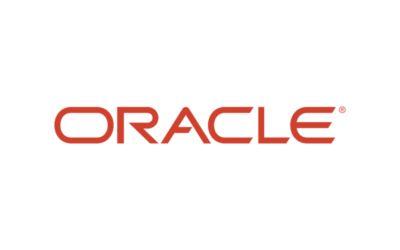There is a high-tech wave of hospitality at the new luxury Sheraton hotel in San Gabriel: robots to deliver your luggage and room service. They’ll even give you a personal tour of the hotel.
The 4-foot-tall robots can open doors and elevators and maneuver around tight corners.
Guests won’t need to worry about being bumped into, however. The robots have sensors that prevent them from getting in the way of people.
The team of robots is working full-time at the hotel, but they aren’t taking anyone else’s jobs.
“It enhances the guest experience with our team members,” said Fred Kokash, the director of sales and marketing at the hotel.
The robots are the first of their kind in the country, and the reaction to their presence at the hotel has been positive. It is the company’s hope that the technology will extend to other Sheraton hotels.
“Guests are absolutely amazed at how effective the robots are,” said Wanda Chen, the Sheraton San Gabriel’s general manager.




